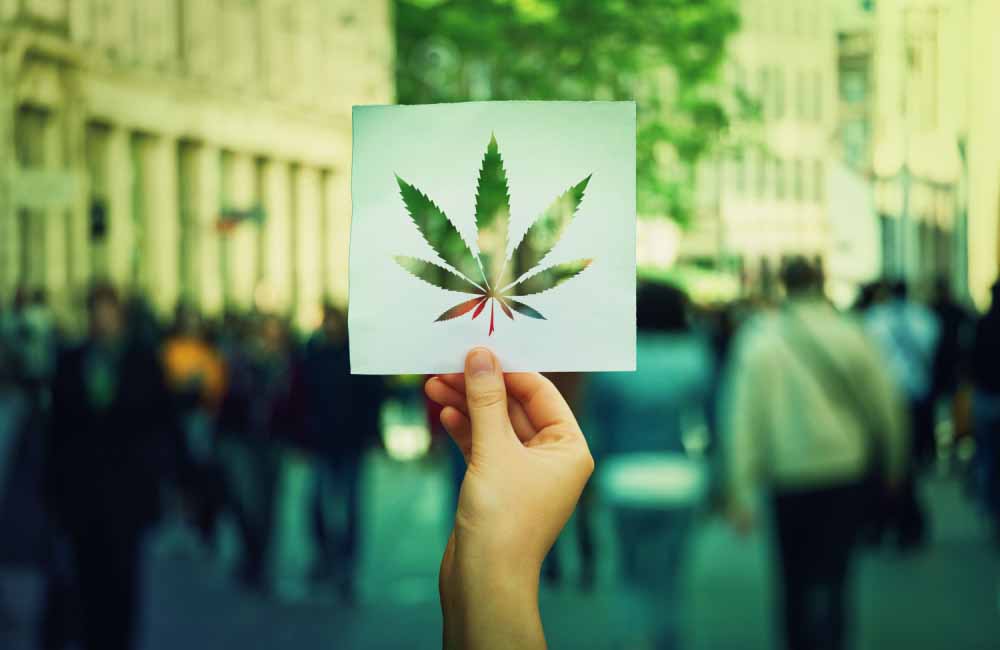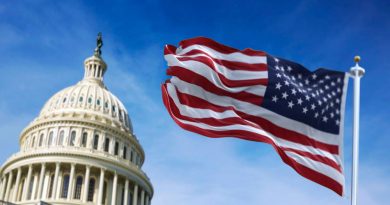What Is the History of Cannabis Legalization in the United States?
The legalization of cannabis in the United States has been a complex and evolving process that occurred over several decades with varying degrees of legality at the federal and state levels. In recent years, as legalization has spread to more states, many people now want to understand the history of cannabis legalization in the U.S.
The journey towards cannabis legalization in the U.S. spans almost a century of changes in state and federal cannabis laws. From its criminalization in the early 20th century to the current wave of states legalizing cannabis for both medical and recreational use, the history of cannabis legalization is marked by changing attitudes, scientific discoveries and evolving legislative actions.
When Did Cannabis Begin to Become Legal in the U.S.?
The history of cannabis legalization in the U.S. begins as far back as the early 1900s, when many states enacted laws restricting or prohibiting sale and use of cannabis. The Marihuana Tax Act of 1937 effectively criminalized cannabis at the federal level.
Attitudes toward cannabis began to change in the 1960s and 1970s. During the counterculture movement of those decades, activists began a push for the decriminalization of cannabis. Some states began to reduce penalties for possession of small amounts of marijuana.
In the 1970s and 1980s, the “War on Drugs” era, started under President Richard Nixon and led in the 1980s by President Ronald Reagan, resulted in stricter drug enforcement policies, including harsher penalties for drug offenses. The Controlled Substances Act of 1970 (CSA) classified cannabis as a Schedule I controlled substance, making it illegal at the federal level.
In 1996, California became the first state to take a different stand on the issue. The state legalized medical marijuana with Proposition 215. This marked a turning point in the movement toward cannabis legalization.
Expansion of Cannabis Legalization in the 21st Century
In the first two decades of the 2000s, several other states followed California’s lead and enacted medical marijuana laws. In 2012, Colorado and Washington blazed the trail by making cannabis legal for recreational use for adults aged 21 and older. Both states legalized recreational marijuana through voter referendums.
Starting in 2014, a wave of states began legalizing medical and recreational cannabis. By 2021, a majority of U.S. states had legalized medical cannabis, and a growing number had legalized recreational cannabis.
Cannabis legalization has continued to gain momentum since 2020, with more states legalizing recreational or medical cannabis through legislative action and voter initiatives.
While progress has been made at the state level, cannabis remains illegal at the federal level in the U.S. The CSA classifies cannabis as a Schedule I controlled substance, alongside drugs like heroin and LSD. However, there have been ongoing efforts in Congress to address this conflict between state and federal law.
Proposed legislation seeks to reform federal cannabis laws, including descheduling cannabis or moving it to a lower level, such as Schedule III. Other proposals call for allowing states to set their own policies without federal interference. Additionally, there were ongoing discussions at the federal level about potential cannabis reform.
It’s important to note that while many states have legalized cannabis for medical or recreational use, it remains illegal at the federal level in the United States. Federal law still classifies cannabis as a Schedule I controlled substance, but there have been ongoing efforts in
Congress to address this discrepancy and reform federal cannabis laws.




